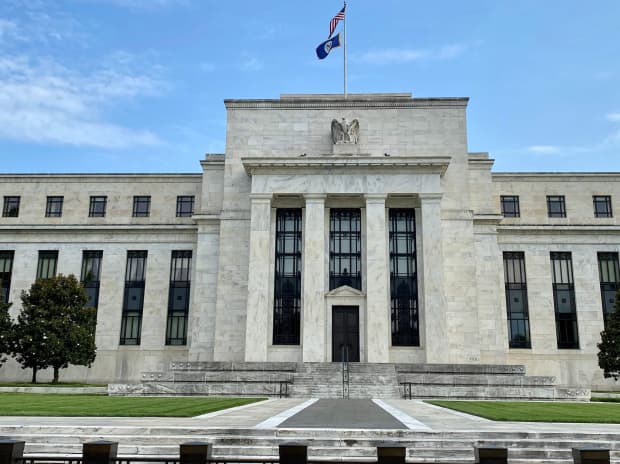This post was originally published on this site

Getty Images
It was only a few months ago that Federal Reserve Chairman Jerome Powell declared the central bank was “not even thinking about thinking about raising rates.”
Yet markets are doing just that, with traders in short-term funding markets now bringing forward the expected timeline for future rates hikes.
Much of the optimism followed on the heels of promising vaccine developments from Pfizer Inc. PFE, +2.33% and Moderna Inc. MRNA, -4.07% in the past few weeks, giving investors a chance to imagine what a global economy unburdened by a devastating pandemic might look like.
“While it seems almost crazy to imagine the Fed hiking rates, the fact is that 10-year rates incorporate Fed policy expectations over the full span of the next 10 years, and it is not unreasonable to imagine the Fed embarking on a hiking cycle within 3 or 4 years of today, or even sooner if everything goes right with the pandemic and the economy,” said Ralph Axel, a rates strategist at BofA Global Research, in a Tuesday note.
Investors now expect the first quarter percentage point rate increase by the end of 2023, according to trading in short-term funding markets.
The chart below shows expectations of the Fed’s first rate increase since the the pandemic have advanced by around a year.

That trickled into bearish bond-market sentiment last week, with the benchmark 10-year Treasury note yield TMUBMUSD10Y, 0.870% briefly threatening to surge beyond the 1% ceiling it has confined to since March.
But recent worries around an acceleration of new COVID-19 cases across the U.S. have curtailed the bond-market’s attempt to break out of its long-term trading ranges. The 10-year note is now at 0.88%.

